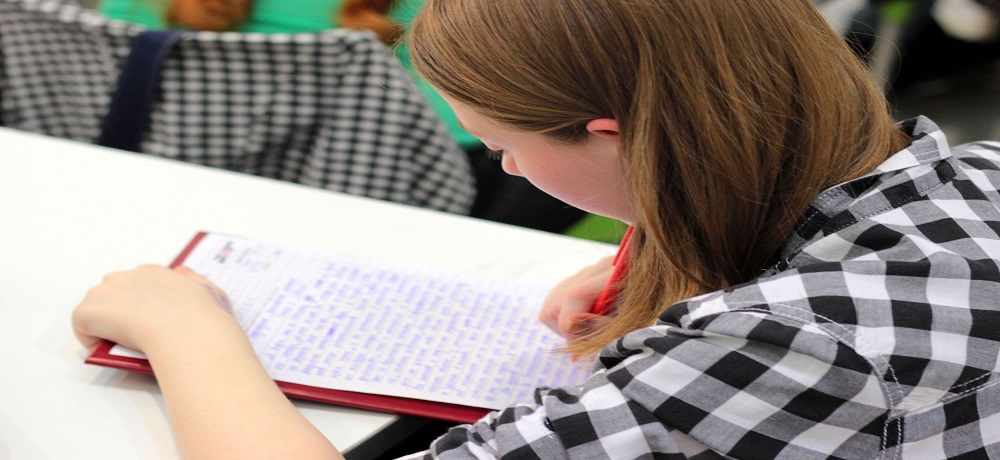The Information Literacy Group are delighted to have commissioned this blog post on the importance of information literacy and its relationship to health literacy. Ruth Carlyle was one of the keynote speakers at LILAC 2019, which took place in April 2019 at the University of Nottingham, and is extremely well placed to write this post. A recording of her presentation is available on the LILAC 2019 website, along with her slides.

Ruth Carlyle is the regional lead for NHS library and knowledge services in the East of England and the Midlands, part of the Health Education England team leading the development of NHS libraries in England. She co-leads the Knowledge for Healthcare workstream on health and digital literacy and information for patients and the public.
Coronavirus is changing how we live. People are worried about their jobs and frustrated at staying indoors. So, is this the time to talk about information literacy and health? With confusion about exactly what advice means and which information sources to trust, now is the time.
The issue
We are all asked to take more control over our health. Access to health services, for COVID-19 and for all health issues, is changing and making much more use of digital channels. So, we will want to be more confident to access services in this way as well as to act on health information.
To manage our COVID-19 symptoms, we will be using medicines that we buy over the counter. But, we know that nearly half of adults aged 18-65 in England cannot understand the instructions on a paracetamol packet well enough to give the correct dose to a family member (Mayor, 2012).
With health information that is just text, 43% adults struggle to understand it. When numbers are added, 61% adults aged 18-65 find the health information hard to understand (Rowlands et al, 2015). We do not have data for people over 65; there is no reason, however, to believe their understanding is any better.
Health literacy
Health literacy is the ability to access, review and use health information. Don Nutbeam describes three types of health literacy:
- Functional: find information materials and act on specific instructions
- Interactive: extract relevant details and apply to changing circumstances
- Critical: assess the content and take control over decisions.
When we feel unwell or under stress, our levels of health literacy decline. We know ourselves that, as information professionals, we are confident to review content at a critical level, but that following a diagnosis we too may struggle even with functional health literacy.
What can we do?
We can work harder to be aware of other people’s current level of health literacy and improve our own communication skills. There are techniques that are easy to learn. Using ‘Chunk and Check’, we provide a small chunk of information at a time and then check we have provided it in a way that is understood. Alongside this, we can use ‘Teachback’, encouraging people to feedback what they have heard and understood so that, as the information provider, we can clarify points. There are also techniques to improve written information and for offering support.
Details of techniques are included in the Health Literacy Toolkit developed jointly by NHS England, Health Education England, Public Health England and the Community Health and Learning Foundation. A new free 35-minute e-learning programme on health literacy has been developed jointly by NHS Education for Scotland and Health Education England.
Health Education England has also worked with the Universities of Southampton and Newcastle to provide geodata on health literacy levels for each local authority in England.
On COVID-19 specifically, Health Education England’s NHS library and knowledge services team has brought together and is updating both trusted sources of evidence and reliable information for patient groups.
So, there are steps we can take:
- Increase our own awareness of health literacy
- Improve our communication skills
- Raise awareness of health literacy issues and resources
- Signpost people to high-quality information.
At this confusing time, these small steps can make a difference.
Ruth Carlyle
Health Education England, 8 April 2020
A version of this blog post was originally published on the CILIP website on April 8th, 2020.
Covid-19 and information literacy: a selective list of useful resources



